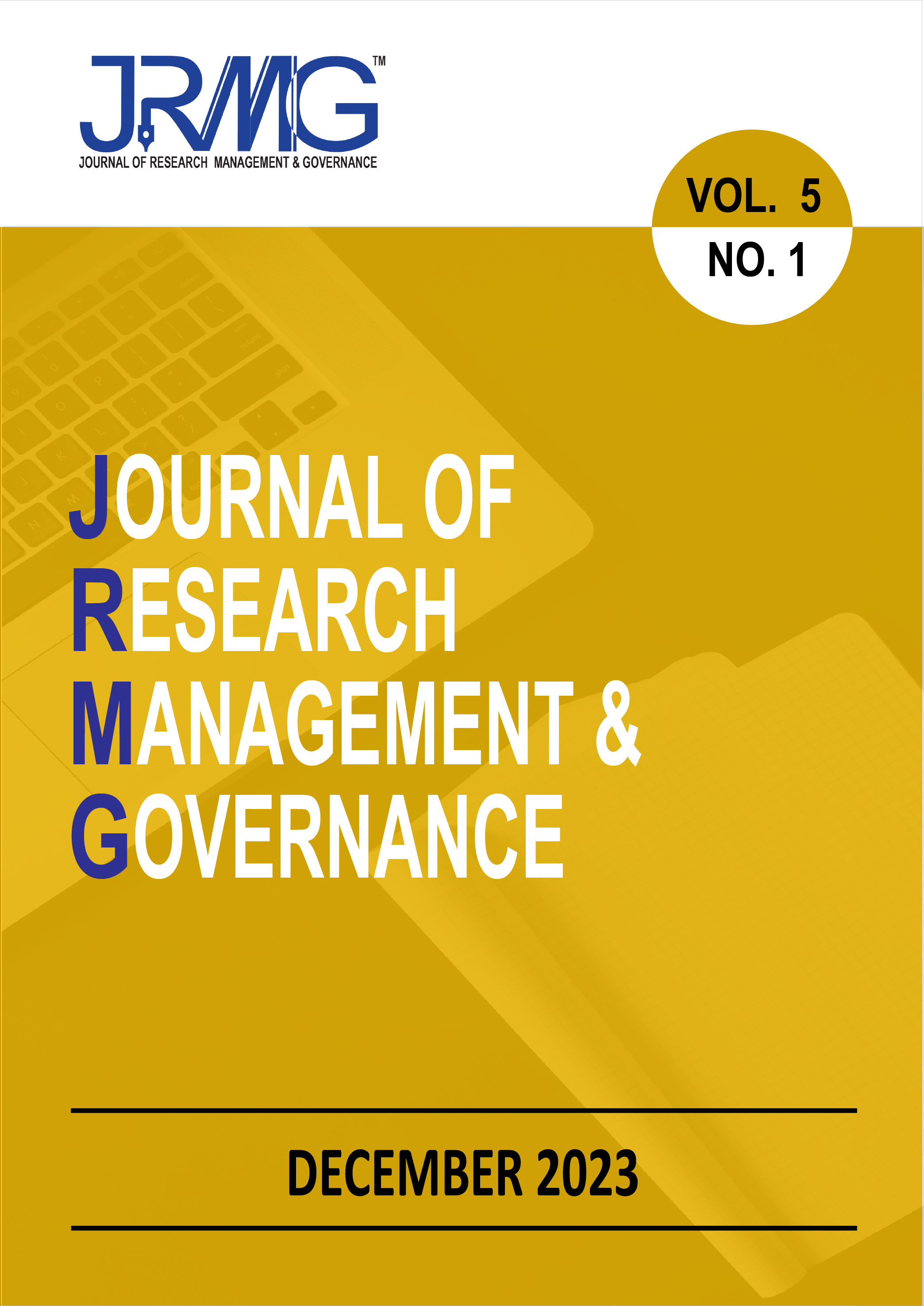Research Classification using the Malaysian Research and Development Classification System (MRDCS)
Main Article Content
Abstract
Classifying research projects or research publication into research areas is crucial in many statistical analyses including for example in bibliometric analysis. Research publication classification usually takes place at the level of journals, where subject categories based on available databases like the Web of Science or SciVal are some of the popular classification systems. However, journal-level classification systems have limitation especially when classifying multidisciplinary journals. To overcome this limitation, it is suggested that a classification system that can classify research be constructed based on the areas of research proposals and their related publications. Successful grant applications/research projects and their publications were clustered into research areas based on the Malaysian Research and Development Classification System (MRDCS) (6th Edition). A total of 1738 research projects managed by Universiti Malaya’s Research Cluster from year 2015 to 2017 were mapped. The strengths and the limitations of the proposed classification system are also discussed. Results indicate that out of the 20 research categories, Medical and Health Sciences, Social Sciences, Economics, Business and Management, Humanities, and Engineering and Technology emerge as the top five research categories with the highest critical mass value based on the number of projects. Classification mapping also found Engineering and Technology, Medical and Health Sciences, Material Sciences, Social Sciences, and Applied Sciences and Technologies to be the top five research categories that produced the highest number of outputs in terms of publications.
Downloads
Article Details

This work is licensed under a Creative Commons Attribution-NoDerivatives 4.0 International License.
Articles submitted to the journal should not have been published before in their current or substantially similar form, or be under consideration for publication elsewhere. Authors submitting articles for publication warrant that the work is not an infringement of any existing copyright and will indemnify the publisher against any breach of such warranty. For ease of dissemination and to ensure proper policing of use, papers and contributions become the legal copyright of the publisher unless otherwise agreed. By submitting a manuscript, the author(s) agree that copyright for the article is transferred to the publisher, if and when the manuscript is accepted for publication. However, it can be reprinted with a proper acknowledgement that it was published in JRMG.

This work is licensed under a Creative Commons Attribution-NonCommercial-NoDerivatives 4.0 International License.
